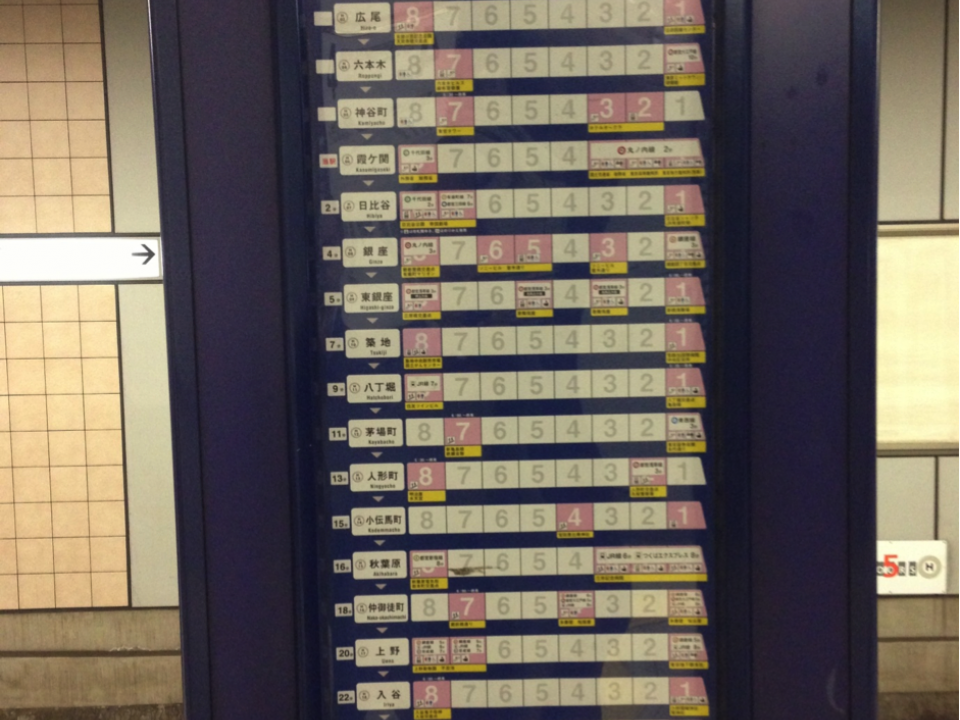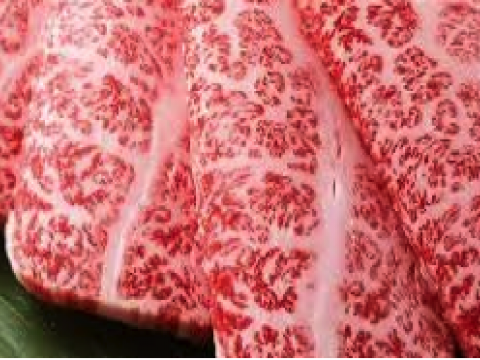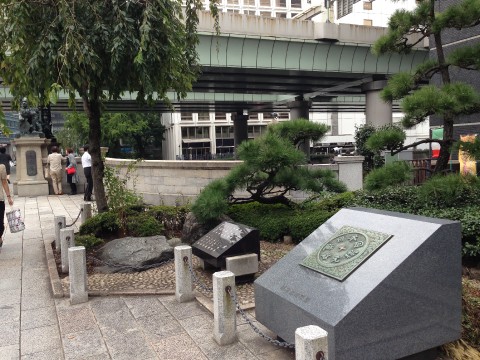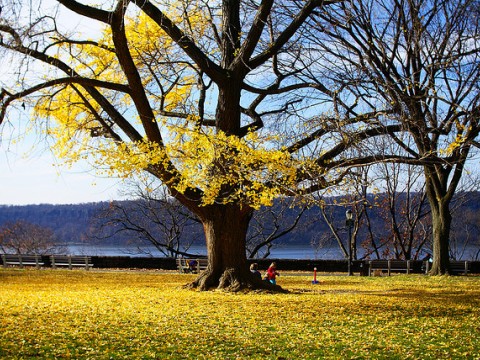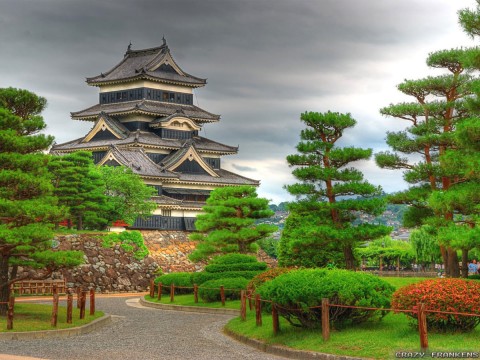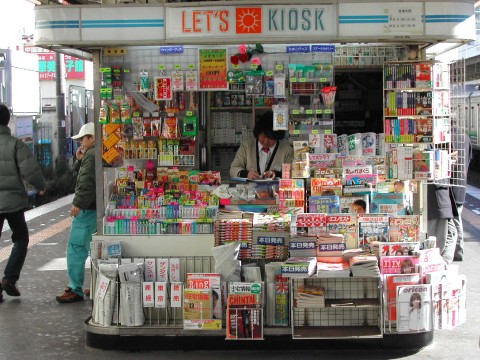Japan Travel: Train Information Boards and How to Read Them
Once Understood, Kanbans will Great Assist your Travel
When you visit Japan, did you ever wonder how to get from point A to point B?
I did many times and I use information boards all the time. There are many information boards in and around train station/platform but unless you study well, it may be challenging to decipher so in hope of assisting you, I decided to write this article.
So, let’s imagine you are at the train station trying to see how you can get to your destination. What you will see around or above the train ticket machine is a diagram of either JR or subway stations with various colors depicting which train company it is.
For an example, the JR Yamanote line route is depicted with light green and will have all station names on it. What you see on that diagram is like colored spaghetti going so many directions but each line represents a train route.
The first thing you should do is to identify where you are by searching for a red square (usually red and square) with the term "当駅"。"当駅" mean’s "This station".
Now you know where you are so you need to search where you are going. You can ask the station master or nearby passengers or search for the name on that diagram for you will probably find one diagram in Japanese and the other in English. When you find it, see which color of train takes you there. At the same time, you should see a number next to your destination. That number represents how much time it will take to get to that place. So you now have necessary information as to where you are, where you are going and how much it will cost and which train will take you there.
You now can go to the purchasing machine and pay for your ticket. In most cases, you will not receive a receipt so if you need the receipt, take a photo of that ticket as that can be one way of proving use. I did this quite often in the past.
But, there is another way to get around in between stations. You can purchase what’s known as “Suica" (purchase at JR station) or “Pasmo" (purchase at subway station) cards and these work like pre-paid debit cards. When you re-charge the card, you can obtain the receipt for your purchase.
These cards can be used both JR trains or subway as well as to purchase goods from the convenient stores, vending machine, some taxi, bus, etc. A very easy way to get around and convenient.
Let’s get back to the signs and information boards. When you go down to the plat form of train station, you may see several information boards. One will be what you may have seen above the ticket machine but this time you may see train schedule along with it. There are several electronic boards hanging from the roof of each plat form telling passengers when the next train is as well. Japanese people use electronic form overwhelmingly. In some cases, you will see where the train is in reference to your station. Another information board you may come across is the stations stacked vertically as you see in this article. Again, it will show you where you are in reference to where it will go. In this board, you can diagnose your next step, meaning exit locations in reference to the train. The JR train often has 15 cars and they are numbered from 1 to 15 on the train as it arrives to your station. You can view the diagram and see which train number you are about to board and to see if you are located very close to the exit point at the point of debarkation or far away. Furthermore, you can tell if your exit is all the way at the beginning of train or to the rear. For an example, when I take a train to go work, I always get on at the front of train for my north exit is next to train #1. If I was going to Haneda Airport via monorail from that same station, I will get on more towards train #3 where I can get on the escalator or elevator with my luggage. All those information can be obtained from that one board.
The next board I’ve attached here is to show the passenger where you are in reference to the level of underground. Some subway trains are located very deep underground but others are not so deep. For an instance, Oedo line seems to be located pretty far down but Hibuya line seems to be not as deep as Oedo line. So, this diagram will tell you how deep you are located and how far up you have to go to exit the facility, as well as various exits numbers and its location. Often times, you see a yellow information board next to the ground level board and the one with yellow tells you the corresponding local building, embassy, park and other major attractions. All the way to the right of the facility nomenclature, you will see a corresponding alpha numeric designator and this alpha numeric designator corresponds with underground exit alpha numeric designators. So, when you find the place you want to go from the station, look to the right and find the designator and go to the map and you will discover which exit you need to go from.
It sounds complex but study a little and I think it will help you immensely when you travel throughout Japan.
Good luck.
Sign everywhere help you find your way
Let’s get back to the signs and information boards. When you go down to the plat form of train station, you may see several information boards. One will be what you may have seen above the ticket machine but this time you may see train schedule along with it. There are several electronic boards hanging from the roof of each platform telling passengers when the next train is as well.
Japanese people use electronic forms overwhelmingly and in some cases, you will see where the train is in reference to your station. Another information board you may come across is the stations stacked vertically as you see in this article. Again, it will show you where you are in reference to where it will go. In this board, you can diagnose your next step, meaning exit locations in reference to the train.
The JR train often has 15 cars and they are numbered from 1 to 15 on the train as it arrives to your station. You can view the diagram and see which train number you are about to board and to see if you are located very close to the exit point at the point of debarkation or far away. Furthermore, you can tell if your exit is all the way at the beginning of train or to the rear. For an example, when I take a train to go work, I always get on at the front of train for my north exit is next to train #1.
If I was going to Haneda Airport via monorail from that same station, I will get on more towards train #3 where I can get on the escalator or elevator with my luggage. All those information can be obtained from that one board.
The next board I’ve attached here is to show the passenger where you are in reference to the level of underground. Some subway trains are located very deep underground but others are not so deep. For an instance, Oedo line seems to be located pretty far down but Hibuya line seems to be not as deep as Oedo line. So, this diagram will tell you how deep you are located and how far up you have to go to exit the facility, as well as various exits numbers and its location. Often times, you see a yellow information board next to the ground level board and the one with yellow tells you the corresponding local building, embassy, park and other major attractions.
All the way to the right of the facility nomenclature, you will see a corresponding alpha numeric designator and this alpha numeric designator corresponds with underground exit alpha numeric designators. So, when you find the place you want to go from the station, look to the right and find the designator and go to the map and you will discover which exit you need to go from.
It sounds complex but study a little and I think it will help you immensely when you travel throughout Japan.
Good luck and have a wonderful adventure!

AustinA
United States




